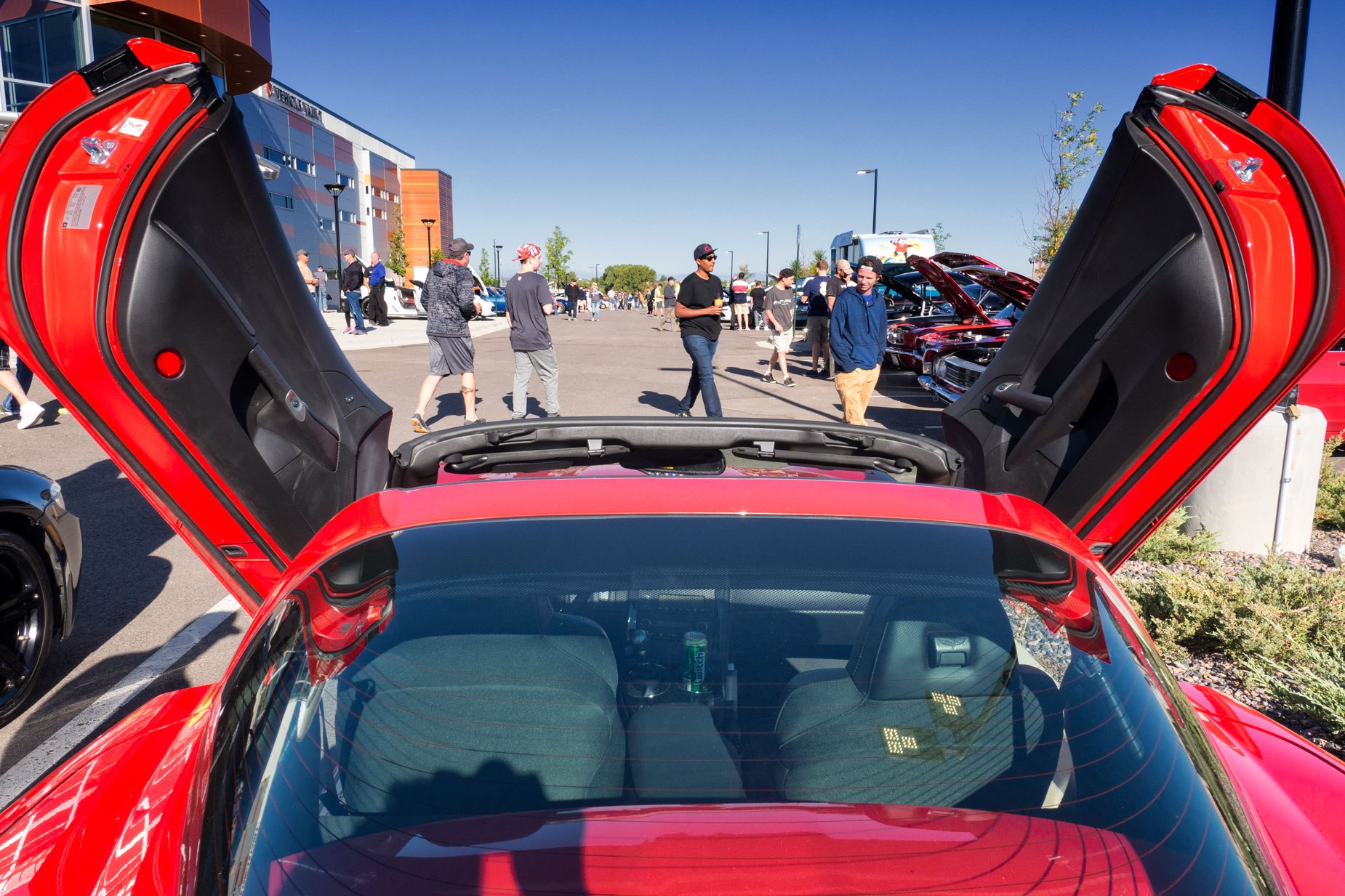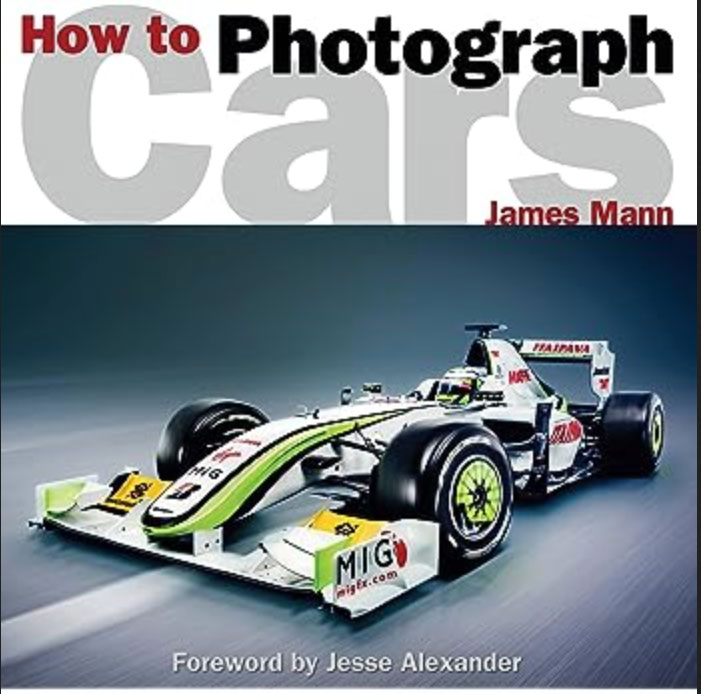Today’s Post by Joe Farace
When a man becomes a writer, I think he takes on a sacred obligation to produce beauty and enlightenment and comfort at top speed.—Kurt Vonnegut
If you haven’t already noticed, fast prime lenses are all the rage for manufacturers of both DSLRs and mirrorless cameras. The cynical me seems to think that these lenses have been designed specifically to lure unsuspecting photographers into parting with vast quantities of their money. But maybe, just maybe they might be worth all your hard earned cash…
 How I made this shot: As you can see the Leica DG 12mm Summilux f/1.4 ASPH lens produces some impressive looking sunstars; the most impressive that I have seen in all of my recent lens testing. For this image of a McLaren at Cars & Coffee. the camera used was an Olympus E-M10 Mark I with an exposure of 1/400 sec at f/10 and ISO 320.
How I made this shot: As you can see the Leica DG 12mm Summilux f/1.4 ASPH lens produces some impressive looking sunstars; the most impressive that I have seen in all of my recent lens testing. For this image of a McLaren at Cars & Coffee. the camera used was an Olympus E-M10 Mark I with an exposure of 1/400 sec at f/10 and ISO 320.
One entry in these fast lens sweepstakes is the impressive Leica DG 12mm Summilux f/1.4 ASPH lens and, yes it should be with a price tag of almost $1000. For the Micro Four-thirds system, the lens produces an equivalent field-of-view of a 24mm lens but the depth-of-field and aperture is still that of any f/1.4 lens, so it should perform well in low light. When shooting for shallow depth-of-field, its rounded nine-blade diaphragm will produce a pleasing bokeh. A nicely made metal lens hood is included with the lens and it appears to do an acceptable job and is useful for protecting the front element if you eschew mounting a UV filter. As befits a megabucks lens, fit and finish are impressive no matter how you measure build quality.
The lens’s optical design uses a pair of aspherical elements, two ultra extra-low dispersion elements and one extra-low dispersion element to control spherical and chromatic aberrations for edge-to-edge sharpness. A manual aperture ring gives control over exposure settings and a dedicated AF/MF switch lets you switch between focusing modes. It has an all-metal construction and is weather-resistant. By Micro Four-thirds standards it’s a hefty lens at 11.82 oz, yet still felt balanced on the compact Olympus E-M10 Mark I it was attached to. The lens is 3.17 oz lighter than the Leica DG Nocticron 42.5mm f/1.2, though.
 I kept coming back to my experience with Voigtlander’s Nokton 10.5mm f/0.95 lens and the similarities/dissimilarities between it and the 12mm Summilux. The thing I like most about the Leica is the size. OK, I know the Nokton has an 0.95 aperture, so it’s going to be bigger. The Voigty is manual focus; the Summilux is AF. The Voigtlander lens weighs 1.29 lbs and uses a 72mm filter, the Leica is 11.82 oz. with a 62mm filter size. Both feel expensive, the Voightlander being slight cheaper at $849. The handling of the Voigtlander was hampered by it’s bulk and I didn’t like using the lens with any of my Olympus or Panasonic bodies and it wasn’t conducive to my way of shooting.
I kept coming back to my experience with Voigtlander’s Nokton 10.5mm f/0.95 lens and the similarities/dissimilarities between it and the 12mm Summilux. The thing I like most about the Leica is the size. OK, I know the Nokton has an 0.95 aperture, so it’s going to be bigger. The Voigty is manual focus; the Summilux is AF. The Voigtlander lens weighs 1.29 lbs and uses a 72mm filter, the Leica is 11.82 oz. with a 62mm filter size. Both feel expensive, the Voightlander being slight cheaper at $849. The handling of the Voigtlander was hampered by it’s bulk and I didn’t like using the lens with any of my Olympus or Panasonic bodies and it wasn’t conducive to my way of shooting.
How I made this shot: In this double mashup of car and street photography, I photographed this Corvette with “Lambo doors” with the Leica 12mm attached to an Olympus E-M10 Mark I. Exposure was 1/160 sec at f.10 and ISO 320, my got-to setting for car shows. .
One of my favorite books—and maybe the best one on the subject—about photographing cars is James Mann’s How to Photograph Cars. It’s available on Amazon for just $22.95 with used copies starting around fourteen bucks.
